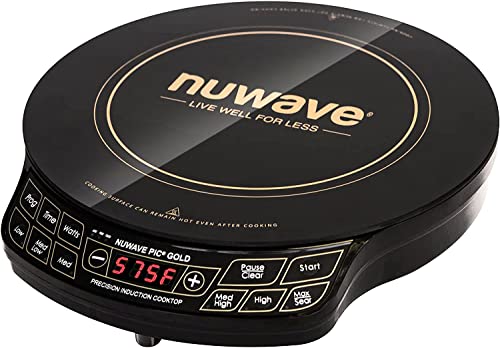tx2sturgis said:
I don't know specifics about your vehicle...is it a fiberglass top of some kind or a metal roof like a van?
Before I lined the interior of my fiberglass roof with foil backed foam insulation, I got good tv reception with an antenna inside, after insulation I got nothing.
usually my RFI is not an issue, only when hot and dry and I want channel 8 or 10(actual).
My external antennas are just tiny Omni antennas. I have had the huge pick up everything antenna that I can clamp to my spare tire rack and extend it 12 feet above my van to aim at towers. I bought the tiny antennas more as a traveltenna and was surprised how well it did and kind of stopped using the monster antenna.
now I have two of these,
https://www.amazon.com/August-DTA24...rd_wg=fSEi2&psc=1&refRID=15FPS7CD34WCTEDTG5NC
I am watching a station from los angeles right now on this antenna, it is ~92 miles away, but granted it is broadcasting at 5000+ foot elevation
one of them is on a F connector coupler that goes through van metal body in back just below roof gutter, the other goes through solar panel frame. An A-B switch near my TV swing arm pivot chooses either, but in general the one through van body works better even though it is lower and partially obstructed by van body but it is nice to be able to switch and see if the other antenna is doing better on any particular station.
I recommend avoiding universal laptop car adapters. most i have seen are good for only 60 watts, and the universal tips are problem prone too. I use a PWR+ 90 watt for my 2010 Dell, was 22$. I have some shielding over it, but the full faraday cage will at some point be installed. Apparently a capacitor inbetween the output leads can also filter out the rfi and might be the most effective method for doing so, but I am not sure the value to try. it really is not that big of a deal, especially when my laptop battery has recently been replaced and i can simply unplug the adapter from the laptop and have channel 8 or 10 instantly return.
The snap on ferrites I've used on the cords and rg-6 quad shield coaxial cable, well their effect has been minimal in my experimentation when on the cusp of reception. However on some LEDS they were very effective.
My Dell has a third conductor and if this conductor is not present then the battery will not charge but it will power the laptop.
The voltage boost converters could be used for many things, they go upto 600 watts, one just needs the right connector and know the correct voltage the device requires and set it properly.
https://www.amazon.com/DROK-Convert...14460&sr=1-3&keywords=voltage+boost+converter
I have a 150 watt version but it would not charge the battery in my dell for lack ot that third conductor. I;ve not really used it but for turning 12v fans into hovercraft at ~26 volts, but mine was a 2$ slow boat from china order I could not resist. These boost converters can also be employed as a battery equalizer to get the battery to 16.2v. Mine would require it being hooked to a battery and that battery charging the battery to be EQ'd and the shumacher charger hooked to the supply battery. the boost converter will not work when directly on output of schumacher, well more accurate is the schumacher will not turn on.
My other charging source I can choose any voltage i want anyway so no need for a boost converter
But I agree the inverter is easier than setting up multiple voltage boost converters. If one has more than enough battery and or recharge capcity then saving ~12% is not really an issue.
My MSW inverter's fan is so loud that using it is simply annoying, and the DC to DC laptop converter is silent and more efficient for the win.
The power cord to my dell from PWR+ dc to dc brick, well the third conductor failed, and for a while I went back to using the Wagan elite 400 watt PSW inverter powering the ACDC brick, but would always forget to turn inverter off and would waste at least 0.24ah each hour I forgot. not a huge deal, but I was glad when I repaired the third conductor to barrell connector and reemployed the PWR+ dc to dc car adapter.
The inverter powering the ACDC brick wreaked more havoc with my Tv with rfi than the DC to DC brick.
I am happy with the performance and small size of my Wagan elite 400watt PSW inverter. I have not put an oscilliscope on it to see how 'pure' the sine wave is nor tested it actual voltage at max load. i paid 168$ several years ago but see thay have dropped substantially since.
https://www.amazon.com/Wagan-EL2601-Elite-400W-Inverter/dp/B007Y4BL1C
My MSW inverter is an 800 watt coleman likely 14 or 15 years old now. Its fan is always loud, and I almost never turn it on. Kragen autoparts had them on special for under 50$ somewhere in the mid 2000's









































































